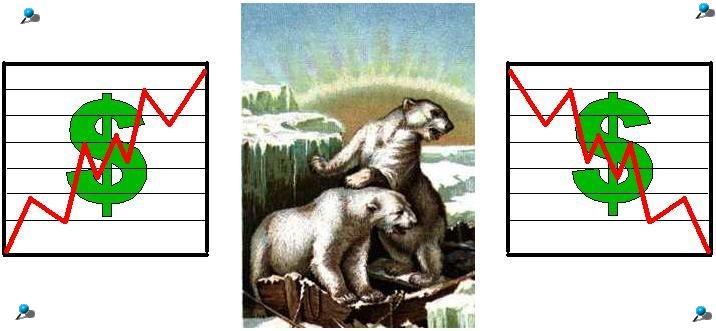| As many who look for good value in their equity purchases could have foreseen, though not just when this was to occur, in the past couple weeks some of the previously high-flying stocks, with huge P/Es (price to earnings ratios) have had a great fall. Is this the end of the greatest bull market for stocks in U. S. history? Who knows? But it may at least be the beginning of a more rational approach to evaluating what is a good buy and what are realistic expectations for an investor's future fate, with shares bought using his/her hard-earned money.
In a November, 1999 issue of "Fortune," 11/22/99, "Mr. Buffett on the Stock Market," Warren Buffett points out that in the 17 years between 12/31/81 and 12/31/98 the Dow Jones Industrial Average (D.J.I.A.) rose from 875 to over 9000, a better than nine-fold increase, representing a 19% compound annual return. However, in the preceding 17 years, between 12/31/64 to 12/31/81, the D.J.I.A. went from 874.12 to 875.00, a return of just about 5¢ a year! There is no guarantee, no matter what our preferences and expectations may be, that the 17 years from 12/31/98 through 12/31/16 will be much better than that preceding 17 year period. His best guess: after all the costs of investing, this new 17-year period should produce real increases (after inflation) in the neighborhood of 4% a year, on average.
But Mr. Buffett is still investing, no doubt optimistic that his brand of stock selection can outstrip that low level of return. While we should strive to be realistic about the possibilities for investment gains, we are also hopeful that a value orientation will generate above average long-term returns. | |

